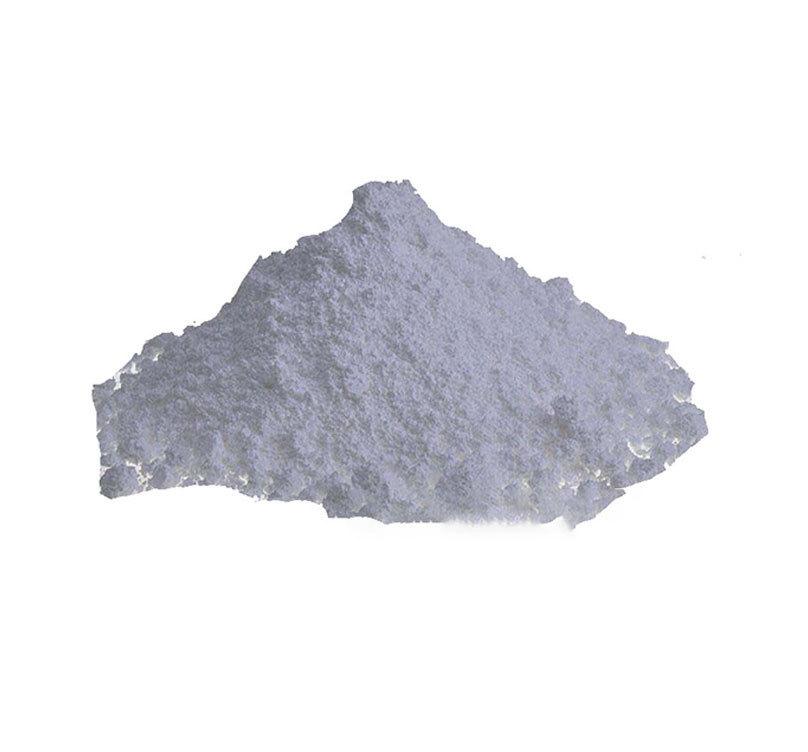Introduction
White carbon black (precipitated silica), as a high-performance inorganic non-metallic material, has demonstrated irreplaceable value in fields such as rubber, coatings, and pharmaceuticals due to its unique physical and chemical properties. Its development process reflects the transformation trend of materials science from "single function" to "green intelligence".

Core feature analysis
The preparation process of white carbon black is divided into precipitation method and gas-phase method. The precipitation method uses sodium silicate and sulfuric acid as raw materials, with low cost but wide particle size distribution; The gas-phase method produces nanoscale particles through high-temperature hydrolysis of silicon tetrachloride, with high purity but high energy consumption. Its key performance indicators include:
Specific surface area: 50-400 m ²/g, directly affecting adsorption and reinforcement effects;
Pore structure: The proportion of mesopores (2-50 nm) determines catalytic activity;
Surface hydroxyl groups: can form hydrogen bonds or chemical bonds with organic compounds, expanding the modification space.
Industrial Application Graph
Rubber industry: Replacing 30% -50% carbon black in tires can reduce rolling resistance by 15% -20% while improving wet skid resistance. Michelin's "Green X" technology extends tire life by 20% by optimizing the dispersion of white carbon black.
In the field of coatings, as an anti settling agent, a 0.5% addition can reduce the settling volume of titanium dioxide by 80%; In UV coatings, their high transparency can reduce light scattering and improve curing efficiency.
New energy track: In the silicon-based negative electrode of lithium-ion batteries, white carbon black serves as the conductive network skeleton, alleviating the problem of volume expansion and increasing the cycle life by three times.
Challenge and Breakthrough
The current industry is facing two major bottlenecks: first, the high cost of gas-phase products, and second, the difficulty in controlling impurities in precipitation methods. Domestic enterprises have improved the interfacial bonding strength between white carbon black and rubber by 40% through the in-situ modification technology of silane coupling agents, gradually breaking the international monopoly.
http://https://www.siliconeoil.net/
